Coney Island
Coney Island is a barrier island around four miles long (east/west) and one-half mile deep (north/south). The tidal salt marsh separating the island from Long Island was filled in prior to WWII, leaving the eastern and western ends of the island as penninsulas.
When the Dutch controlled the island in the 17th century, it was called Conyne Eylandt (Rabbit Island in Dutch). That name was likely Anglicized by later English settlers into Coney Island, although coney is also an archaic English word for rabbit. A less-likely story of the name's origin is from the Konoh tribe of native Americans that reputedly once inhabited the island.
The Island's beginnings as a summer destination came in 1829 when a bridge was built to cross the creek separating the island from the mainland. The Coney Island House was built that same year and was later joined by others catering to wealthy summer excursionists from the city. Development really took off after the Civil war with larger hotels, public and private beaches, bath houses, horse racing parks, gambling establishments, along with rail and steamship lines to bring in patrons. The Island was especially popular in the first half of the 20th century as an escape from the heat and overcrowding of summers in Manhattan.
The fortunes of the Island took a precipitous decline following WWII as demographic changes, suburbanization, crime, and a growing panoply of new amusement options changed the recreational tastes of NYC residents. City development czar Robert Moses was particularly unamused and promoted the replacement of amusement areas with high-rise housing projects. Astroland, which opened in 1962 with a then-fashionable space travel theme, was a notable survivor of the Moses era, along with the 1927 Cyclone roller coaster and the 1918 Wonder Wheel. The tower for the Parchute Jump, which was built for the 1939 World's Fair, was restored in the early 21st century, but ceased being an active ride in 1968.
However, the "underdeveloped" area has been coveted by developers for some time as a diamond in the rough, and plans are in the works to Disneyfy the island and make it more palatable for the wealthy (and those that wish they were). The nascient first salvo was Keyspan Park, built in 2000 as home for a Mets minor-league franchise (The Brooklyn Cyclones) on the site of a derelict 1925 roller coaster from the old Steeplechase Park. So, these photos will likely become documentation of Coney Island's less glamorous but more authentic past.
westland.net/coneyisland/ (excellent site on Coney Island History)
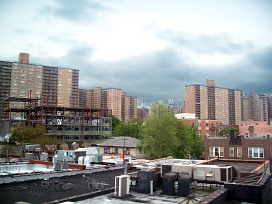
Coney Island

Coney Island
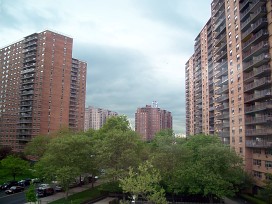
Coney Island
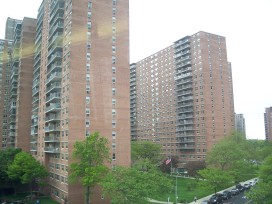
Coney Island
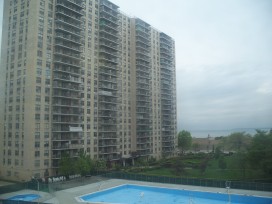
Coney Island
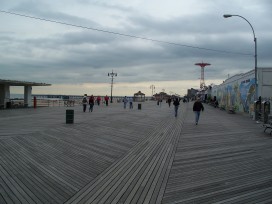
Coney Island
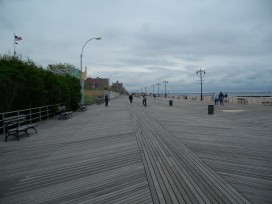
Coney Island
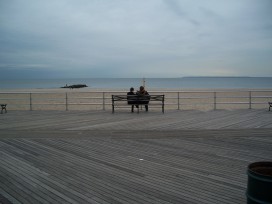
Coney Island
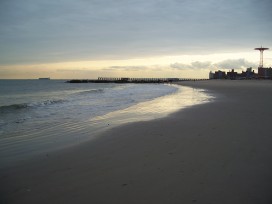
Coney Island
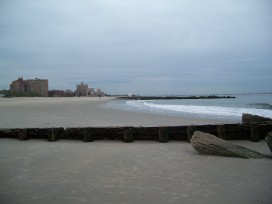
Coney Island
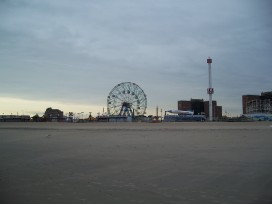
Coney Island
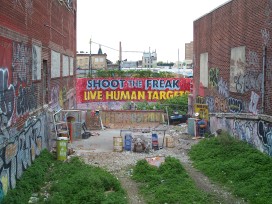
Coney Island
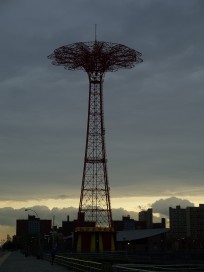
Coney Island
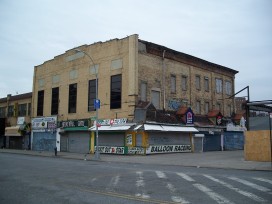
Coney Island
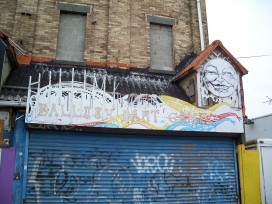
Coney Island
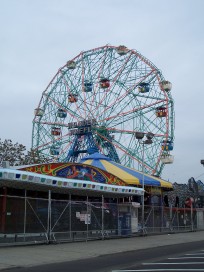
Coney Island

Coney Island
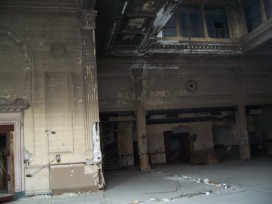
Coney Island
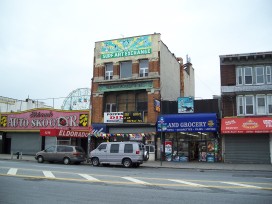
Coney Island
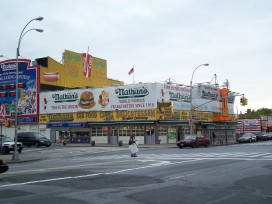
Coney Island

Coney Island

Coney Island
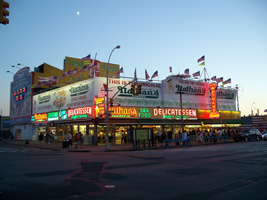
Coney Island
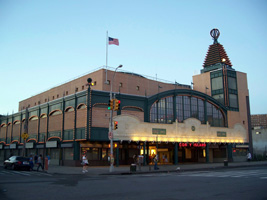
Coney Island
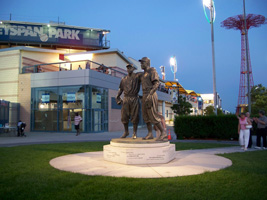
Coney Island
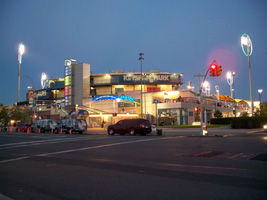
Coney Island
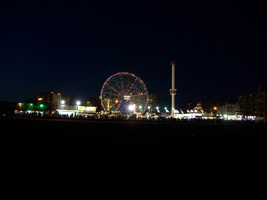
Coney Island
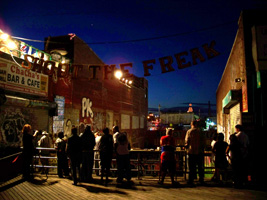
Coney Island
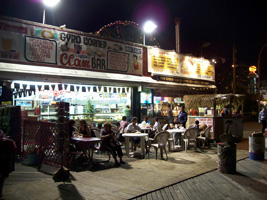
Coney Island

Coney Island
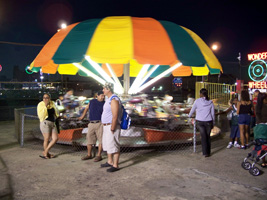
Coney Island
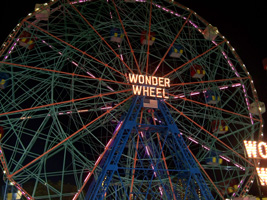
Coney Island

Coney Island
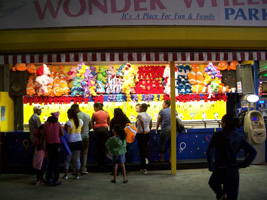
Coney Island
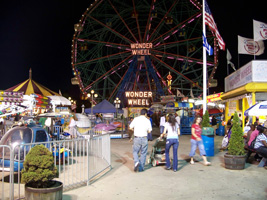
Coney Island
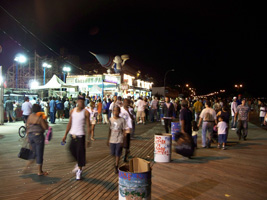
Coney Island
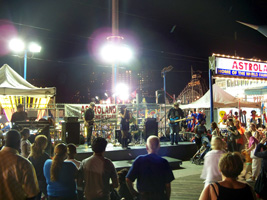
Coney Island
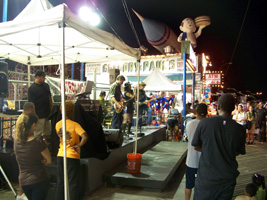
Coney Island

Coney Island
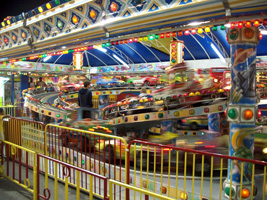
Coney Island
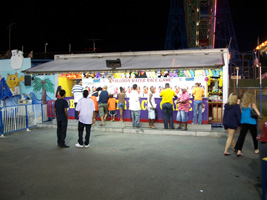
Coney Island
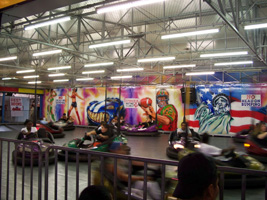
Coney Island
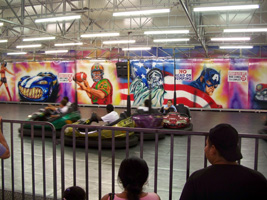
Coney Island
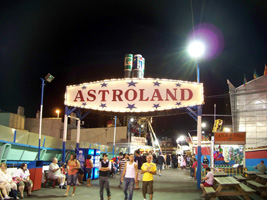
Coney Island
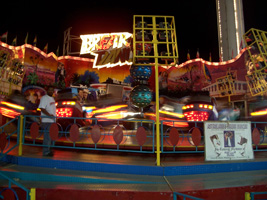
Coney Island

Coney Island
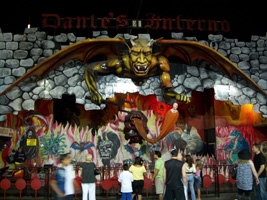
Coney Island
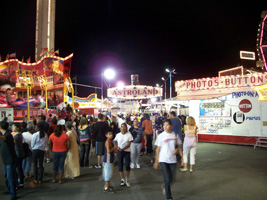
Coney Island
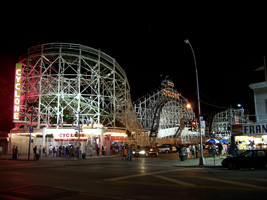
Coney Island
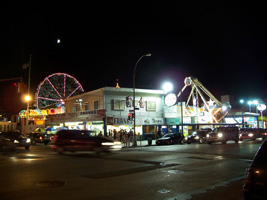
Coney Island
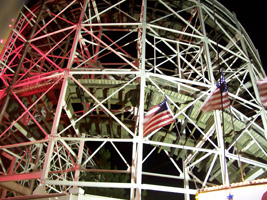
Coney Island

Coney Island

Coney Island
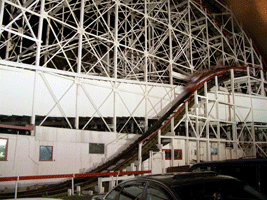
Coney Island
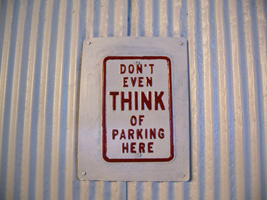
Coney Island
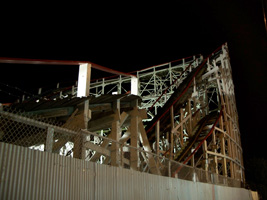
Coney Island
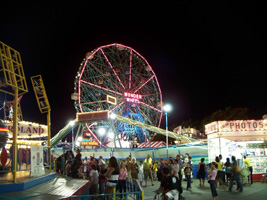
Coney Island
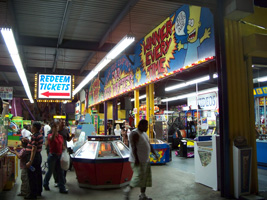
Coney Island
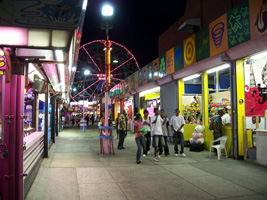
Coney Island
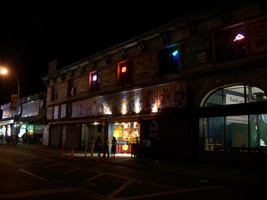
Coney Island
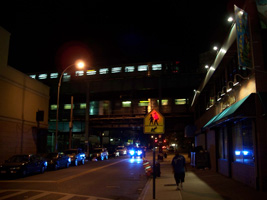
Coney Island
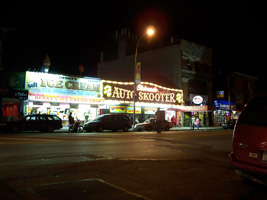
Coney Island